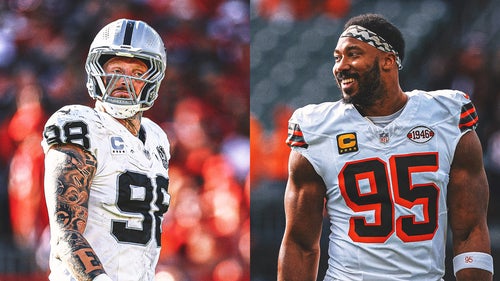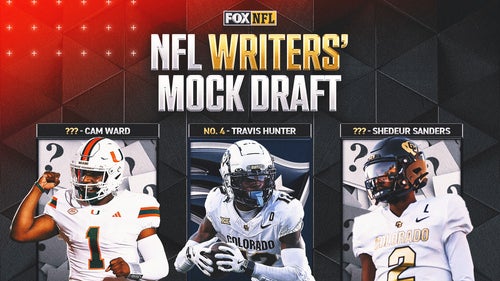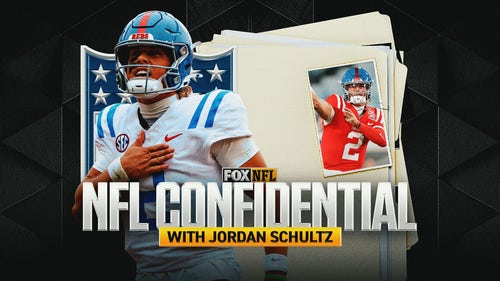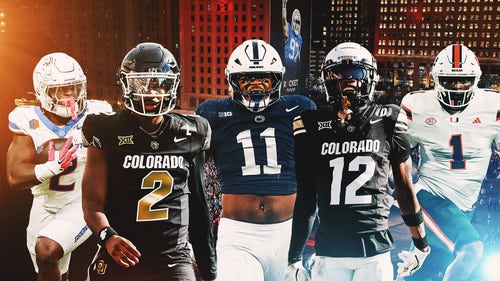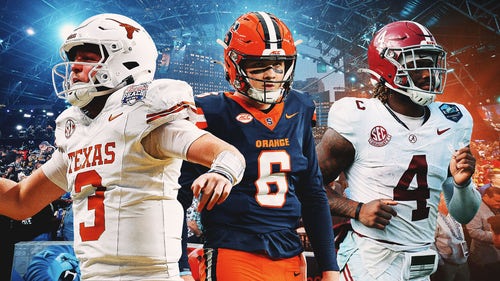
Minor rule tweaks could play major role
Ok, so the rule changes are done. As predicted, replay remains on the field, overtime is standardized and coaches have more plays they don't have to worry about challenging.
But what about the "points of emphasis" and the "back of the book" changes? I have always said that these changes do more to affect the look of the game than the rule changes themselves.
It's best to first explain what they really mean.
A "point of emphasis" is taking an existing rule and telling the officials to interpret it to the letter of the law. There is to be no gray area. It is not a rule change but it can have a dramatic effect.
In 2004, the Competition Committee made illegal contact against eligible receivers a point of emphasis and the number of fouls called increased from 79 in 2003 to 191 in 2004. The average passing yards in a game increased from 400.9 yards to 421.1 and average points per game went from 41.7 to 43.0.
A "back of the book" change might be an edit to an existing rule but not a new rule that needs to be voted on by the owners. They have far less impact than a "point of emphasis," but clearly can have an effect on the game.
Let's first look at the points of emphasis for 2012:
-- Hey, Peyton Manning! You have not only changed teams, but you also can't be in the shotgun and thrust your hands forward while taking a big jab step unless the ball is snapped simultaneous with your movements. He is famous for this. The league has allowed quarterbacks in shotgun formation to get away with false starts for years.
Not anymore. If the ball is not snapped in concert with these movements, a flag will be thrown regardless of whether the defense reacts.
-- Hey, Jeff Saturday! Now that you are with the Packers, don't abruptly lift your head to coincide with Aaron Rogers' signal call unless you are snapping the ball at the same time. You got away with it with the Colts, but you won't now.
-- And finally, San Francisco 49ers coach Jim Harbaugh! If you are going to run a shift before the snap, it had better be smooth. If any of it is deemed to be abrupt, a false start will be called.
Here is the statement straight from the NFL’s competition committee report: "Prior to a snap, any quick, abrupt movement by an offensive player, or several offensive players in unison, which simulates the start of a snap, is a foul. These acts include (a) a quarterback in shotgun formation thrusting his hands forward in an exaggerated manner when there is not a simultaneous snap, (b) abrupt movement of the ball by the center, (c) abrupt movement by the center's head or other body part, and (d) a quick abrupt shift by two or more players in unison."
The other major "point of emphasis" regards formations, with the emphasis on the offensive tackles being on the line of scrimmage. This has been emphasized before. The rule states that, "in order for a lineman to be considered on the line of scrimmage, he must have his helmet break the vertical plane that passes through the belt line of the snapper."
Tackles regularly abuse this rule by lining up off the line, giving themselves an advantage blocking against a defensive end who takes an outside rush. The officials have been told to give a warning once and then throw the flag.
There are other points of emphasis, many of which are associated with player safety and sportsmanship. They include:
The first two, however, are likely to create many more fouls until the players get the message and adhere to the existing rules. If they don't and the officials follow the directive, it will be “flag day.” Let's hope the point is made by the end of the preseason.
In terms of "back of the book" changes, one stands out to me: A block in the back above the waist is a foul no matter when it occurs.
In the past it wasn't a foul if it occurred at the same time a runner was being tackled; at the same time a runner went out of bounds; at the same time a receiver made a fair catch; and in a few other situations.
Not any longer. It has been deemed to be a player-safety issue. The only time it is legal to block in the back above the waist is in the tackle box by a lineman.
We will see what kind of an effect this has in 2012.

